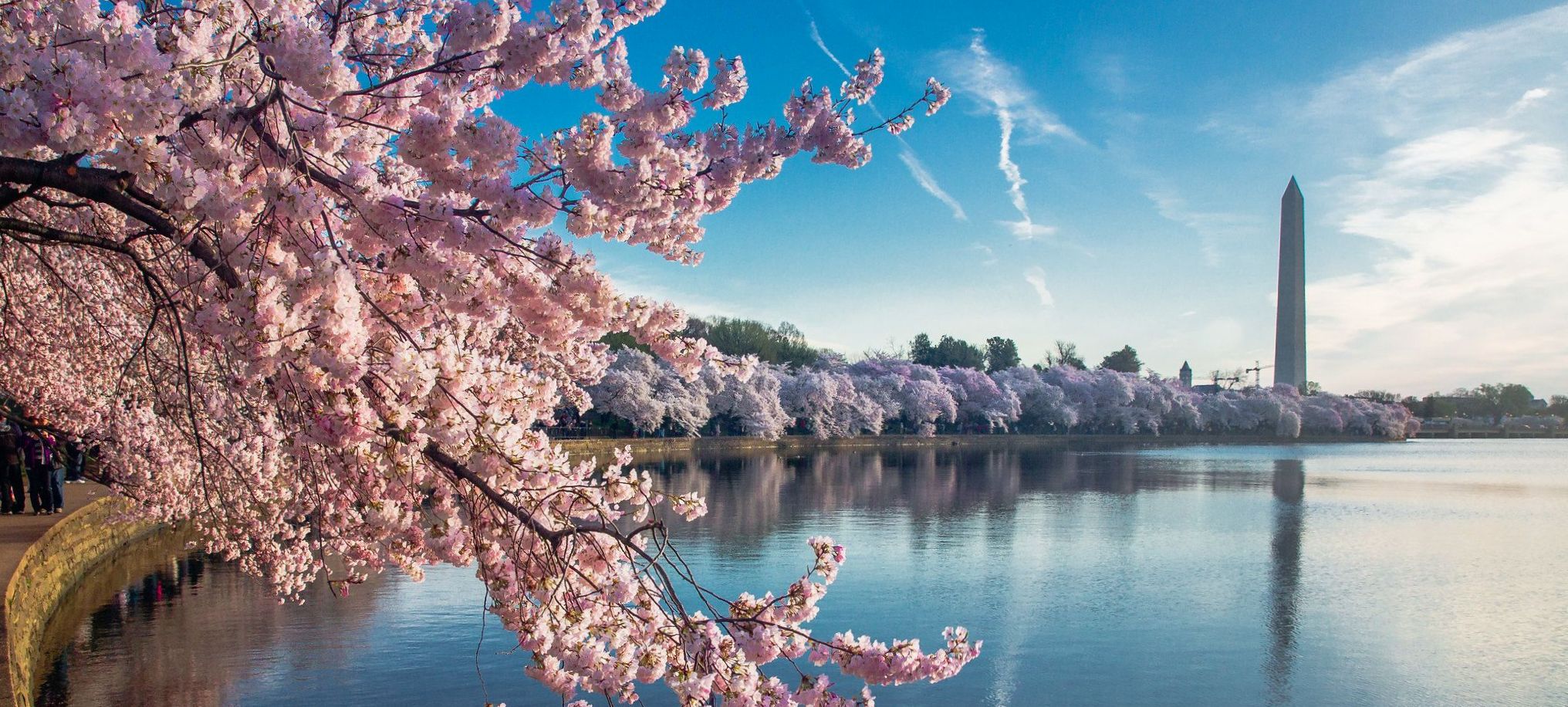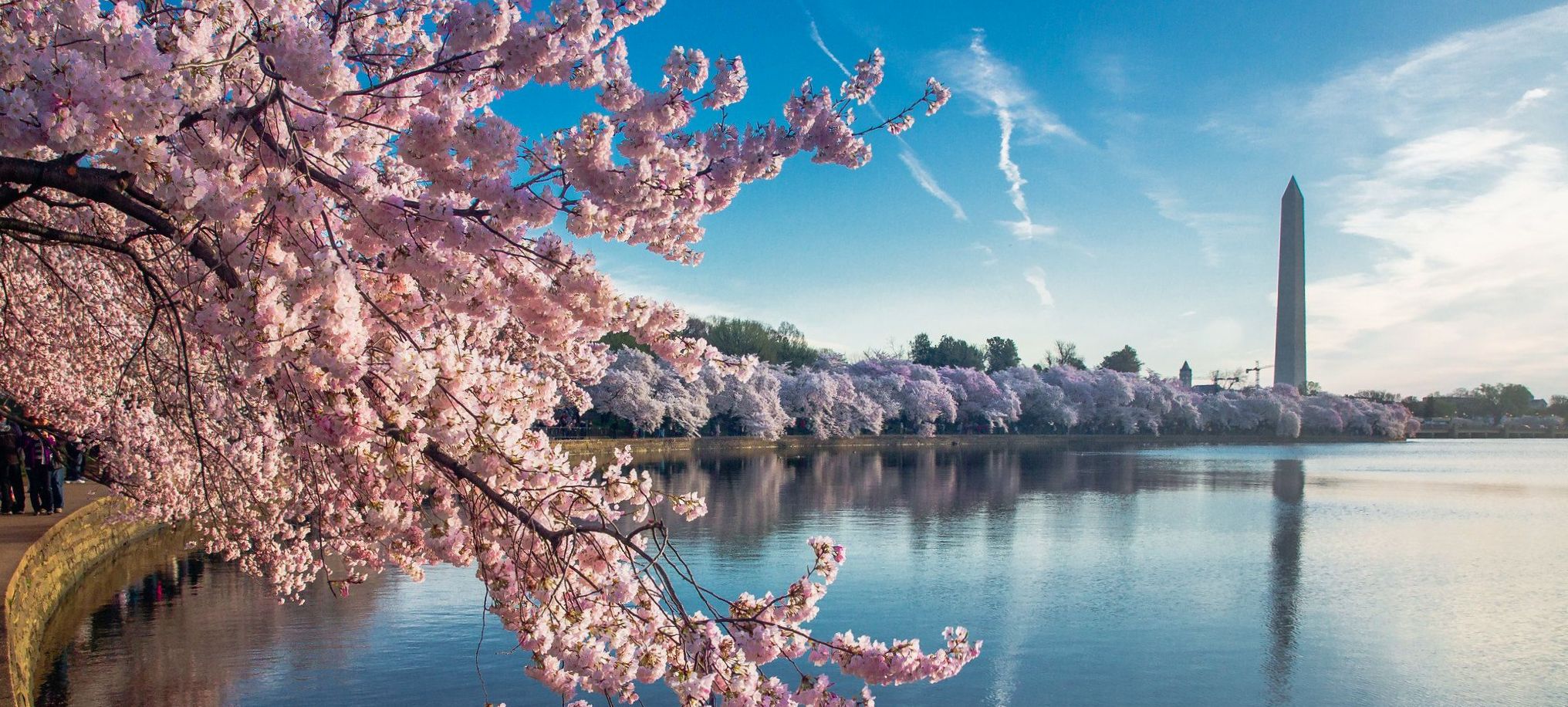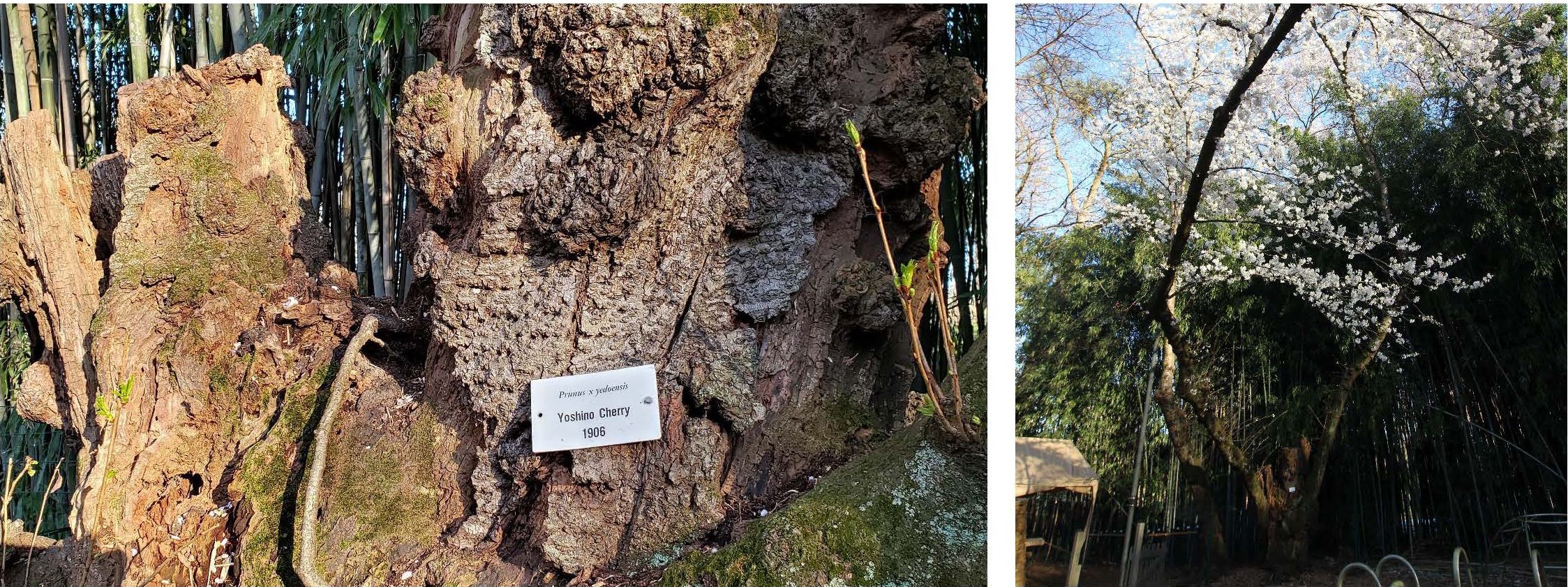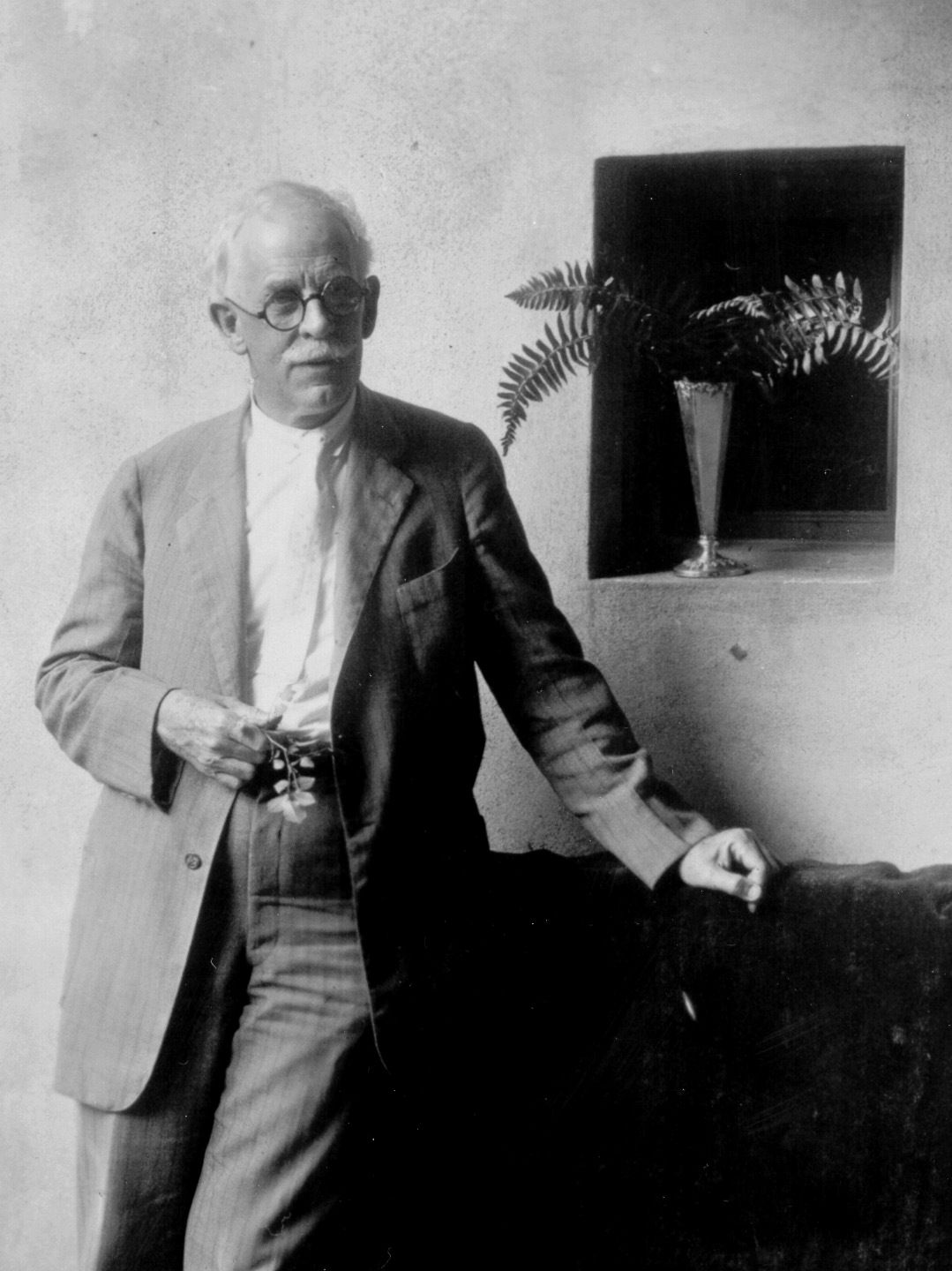Authors:
Historic Era: Era 7: The Emergence of Modern America (1890-1930)
Historic Theme:
Subject:
Spring 2023 | Volume 68, Issue 2


Authors:
Historic Era: Era 7: The Emergence of Modern America (1890-1930)
Historic Theme:
Subject:
Spring 2023 | Volume 68, Issue 2
This spring, one of the most delightful signs of rebirth after a deadly pandemic and the dreary months of winter will be the blossoming of hundreds of cherry trees along the Tidal Basin, which typically brings an estimated 1.5 million visitors to the nation’s capital.
But few visitors know how those trees first came to our country and started a nationwide trend. In fact, the full story of the three visionaries who made it happen is rarely told.

One hidden clue is an elderly cherry tree growing in the playground of a nursery school in Chevy Chase, Maryland on the former property of botanist David Fairchild. The 117-year-old tree still valiantly produces a leaning tower of delicate, pink blossoms pushing up from its gnarled and corky trunk.
David Fairchild, the most renowned American plant explorer of his time, planted this cherry tree with great fanfare in 1906 as an experiment, to learn if the beautiful Yoshino cherries he had seen in Japan could grow in the U.S., as well.


Few people have impacted as many lives as did David Fairchild. He created the Plant-Introduction Section of the Department of Agriculture in 1898 and, for the next 37 years, traveled the world in search of plants that could benefit Americans. He and his staff are said to have introduced more than 100,000 plant species and varieties into the U.S., including soybeans, mangos, avocados, dates, alfalfa, nectarines, pistachios, horseradish, bamboo, and kiwifruit. The introduction of durum wheat from Siberia transformed the economy of the Dakotas, and soybeans are now the second most valuable crop in America after corn, with a total worth of $46.1 billion in 2020.
When Fairchild first visited Japan in 1902, he was astonished to discover the cherry trees. “I had no idea of the wealth of beauty, form, and color of the flowering cherries,” he wrote in his memoirs, noting that there were only a few examples anywhere in the Washington area, and the species had no consistent name.
“I could not fail to catch their spirit, and I realized that here was something so remarkable that it deserved to be studied by my countrymen and introduced into the United States, if possible,” he wrote.
He traveled around Japan, visiting botanical gardens, commercial nurseries, and small